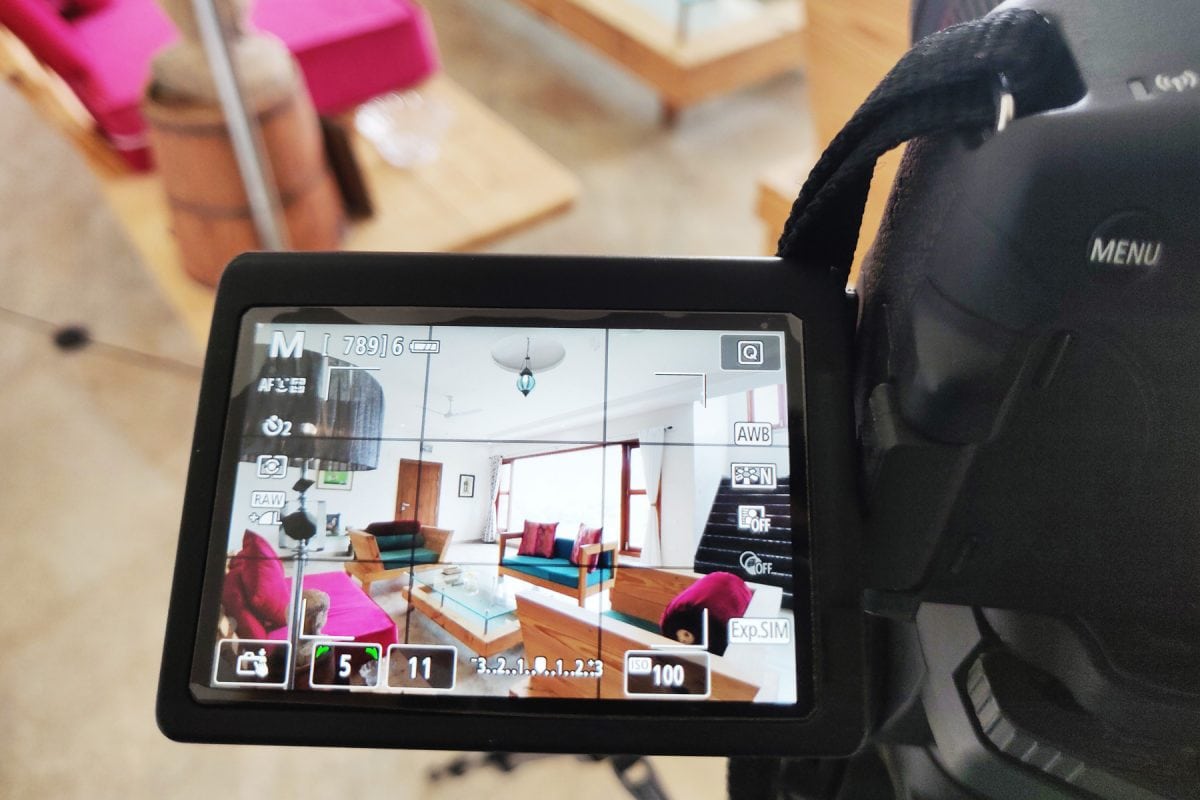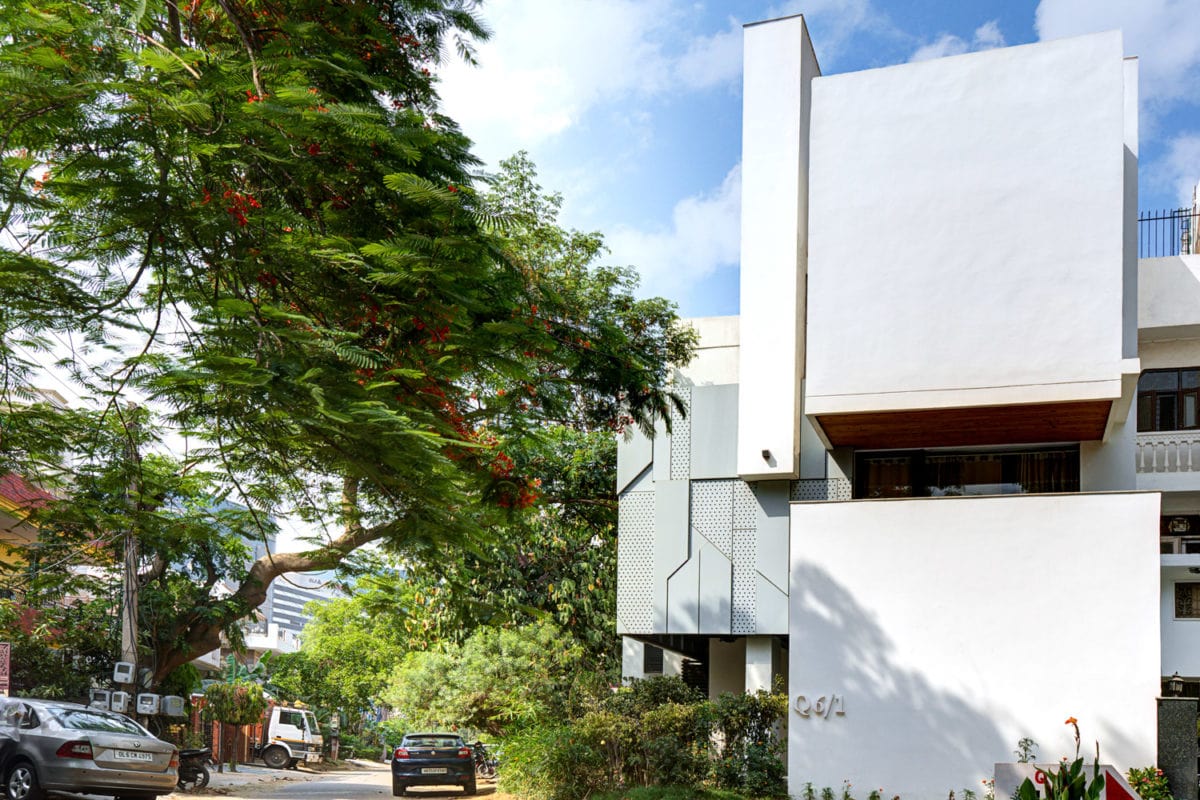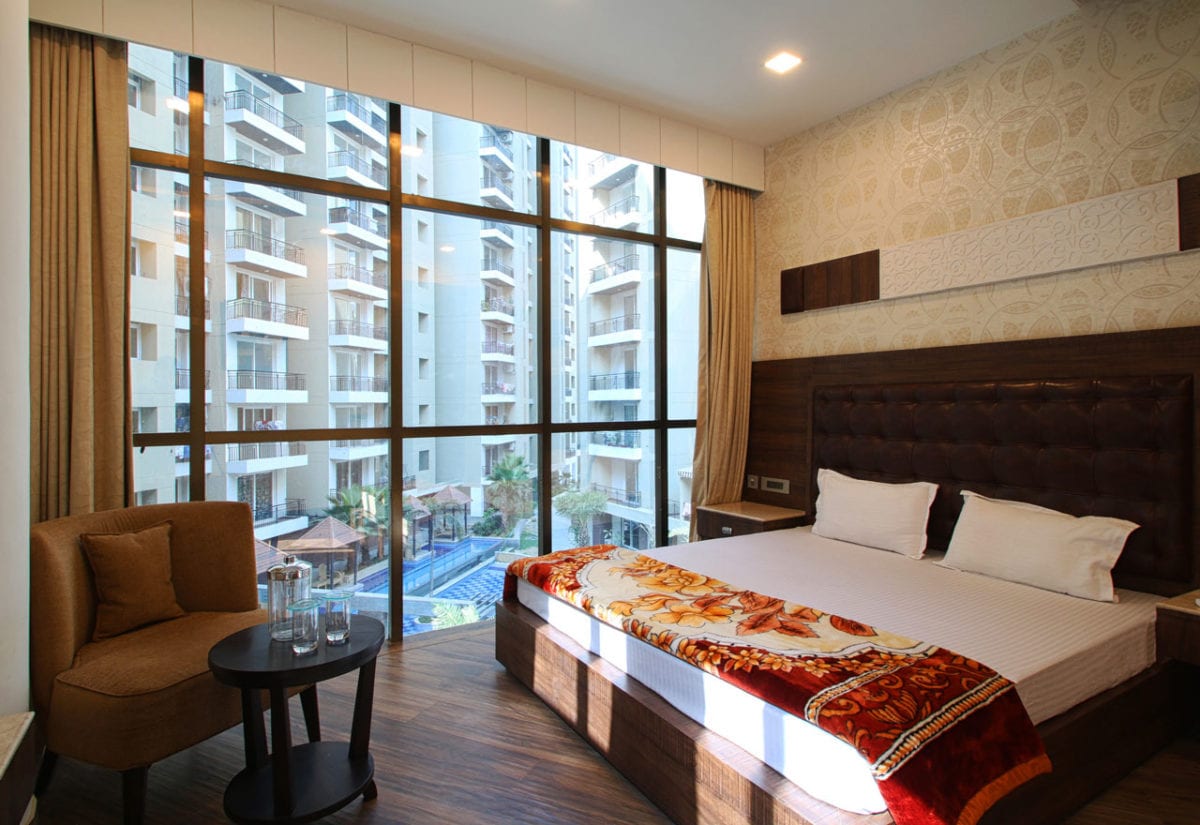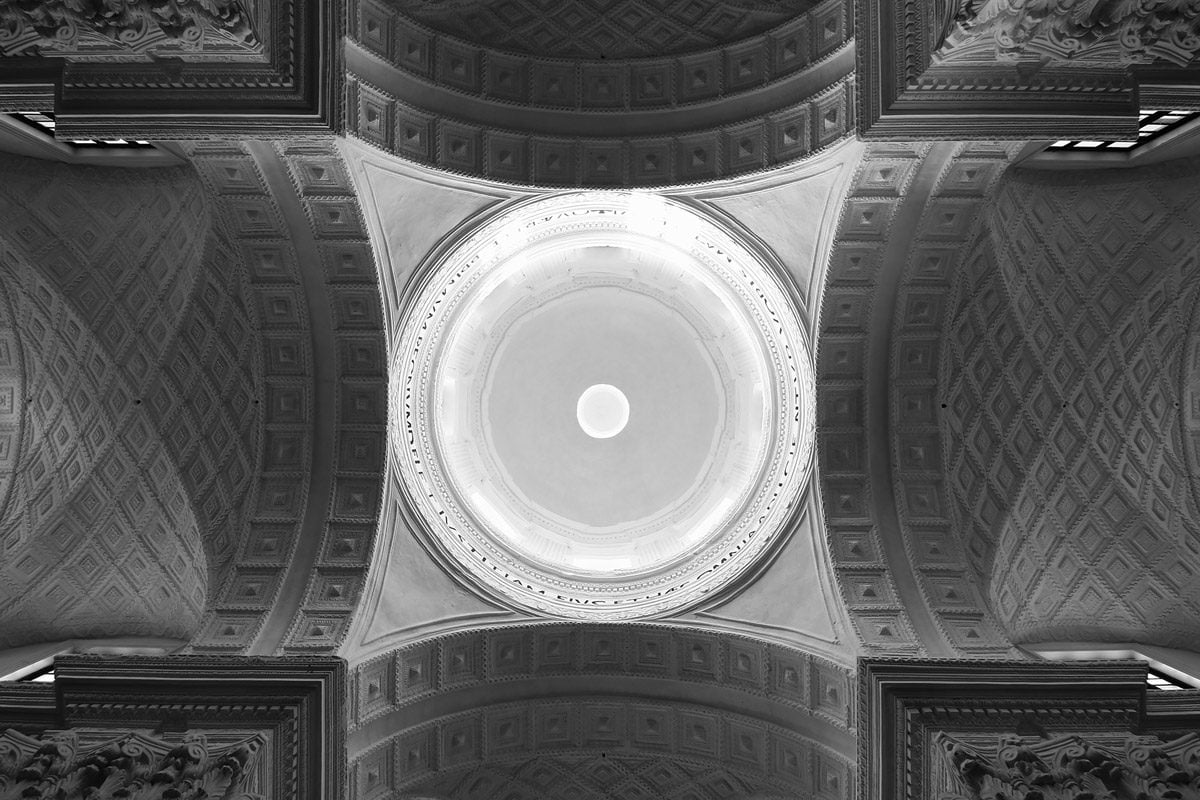Architectural photography is a niche industry and it goes without saying that it requires top-notch equipment. At Studio BluOra, we use state-of-the-art photography gear to get the best results each time we click a picture. Ever since we began our studio in 2017 and as our business grew, one of the most common queries we generate is about the kind of tools that we use as professional photographers in the architectural and design industry. We have listed down some of the architectural photography gear that we commonly use. Since we are ever-evolving as professionals, the list is not exhaustive and we’ll keep adding to it as and when our gear collection grows.
Camera
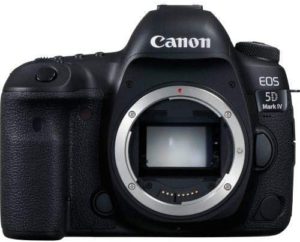
Canon 5D Mark IV
This camera is an outstanding option for still photography. Equipped with a new sensitivity and easy to balance, this multimedia maven is great for low-light photography and offers a finely detailed resolution. The camera offers a competitive edge over other DSLR’s and we use it for all our shoots – residential, commercial, retail, hospitality, and allied fields.
Canon 750 D
This camera boasts 24 megapixels resolution and has various added features such as a fully-articulating touch-sensitive screen that makes it easy to use and compatible for architectural shots. We use it as a secondary camera for test shots during the recce of the site area.
Lenses
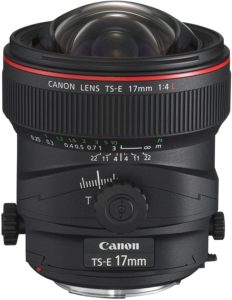
Canon TS-E 17mm f/4L
The Tilt-Shift Lens forms one of the most important elements in architectural gear for us. The wide-angle field of view, negligible lens distortion property makes it ideal for shooting large buildings and spaces where frame-fitting can be a problem. With its tilt-shift ability, it is easy to maneuver and aids in obtaining perspective shots while still maintaining the same vantage point in a picture – making it perfect for shooting large properties and spaced-out interiors.
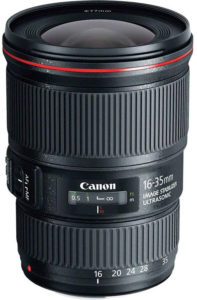
Canon EF 16-35mm f/4L IS USM
This lens is equipped with an extremely sharp ultra-wide zoom lens that enhances its delivery of A-grade image sharpness right. Its AF speed and accuracy add to its versatility, making it a great option for shooting both wide-angle frames and detailed shots.
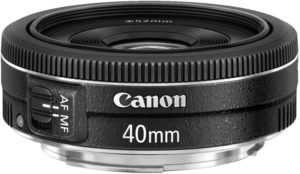
Canon EF 40mm f/2.8 STM
This lens is one of the tiniest lenses ever made for EOS. With its ability to offer sharpness across the entire frame, brilliant contrast, and an excellent colour rendition, it is most suited for full-frame cameras. We use it for clicking record little bits of detail.
Canon EF24-105mm f/4L IS II USM
This lens directly falls in the category of an all-rounder lens and has premium quality image stabilization ability. This is an ideal lens for all purposes and we mainly use it to shoot exterior details such the façade of a building etc.
Tripod
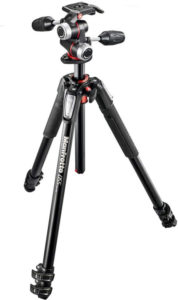
Manfrotto MK 055 XPRO 03-BHQ2
Commonly available in aluminium and carbon fibre, this tripod is extremely well-built. The tripod has a solid, non-shaky quality which makes it one of the most versatile tripods and is, therefore, a viable option for outdoor shoots. Owing to its modified features such as a 90-degree centre column, quick power leg locks, and a ball system, it is quite manageable. The rubber legwarmers which prevent the conduction of heat and cold make it an ideal choice for shooting in extreme weather conditions. This tripod is a constant companion to all of our photo shoots.
Tab
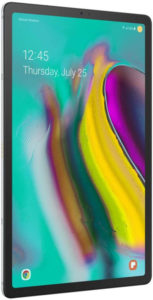
Samsung Tab S5e
This tab is a key element in our photography gear. Its wireless tethering feature gives the freedom to remotely access the camera which makes staging and adjusting composition a smooth operation on site. The tab also facilitates in showcasing live-view frames to the client and aids in easy error rectification.
Computer
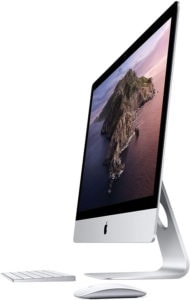
iMAC 27-inch
The iMAC 27-inches makes for an extremely accurate true colour monitor due to its 5k retina display. Equipped with stunning features, the iMAC 27-inch enables smooth software functioning and other design work. Since it fits our high demand for image/video editing, it is our ideal system for all architectural photography purposes.


